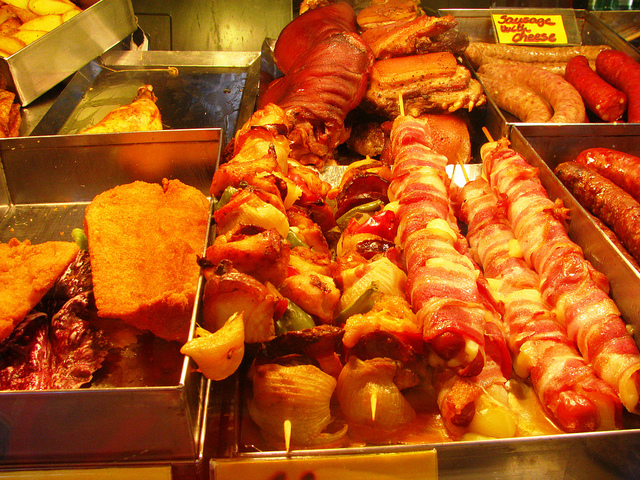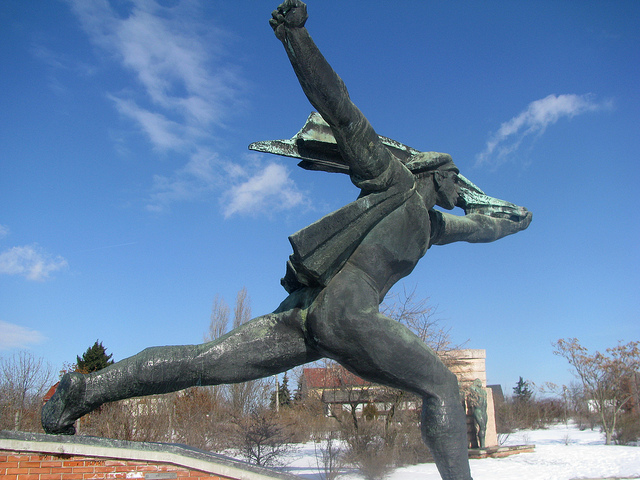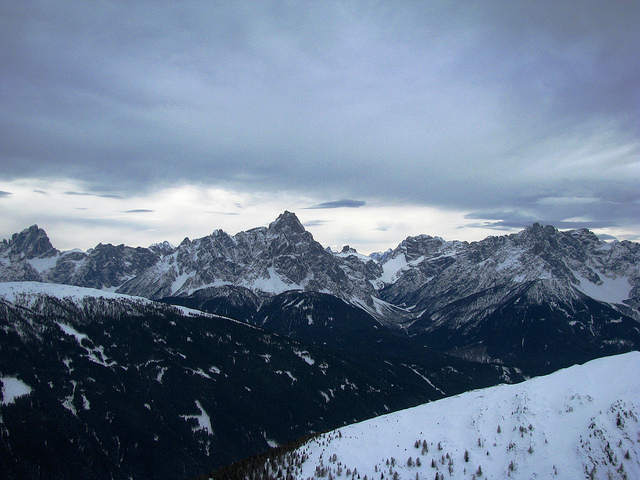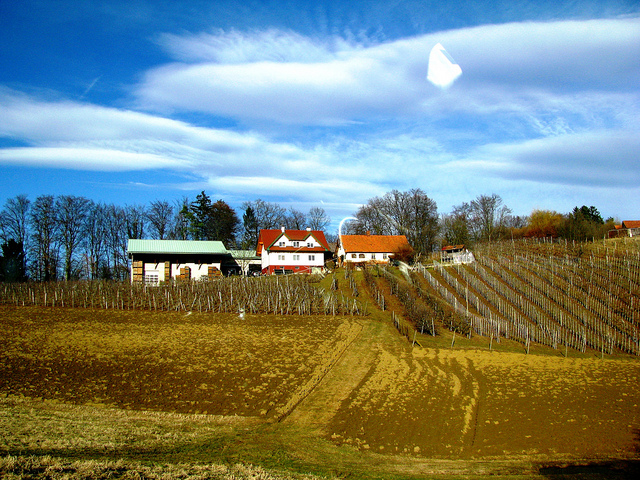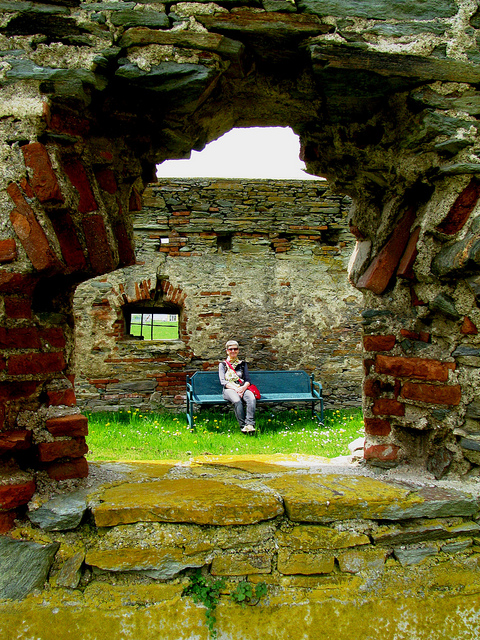In the very early morning of February 16, 2012, my brother drove me to the Austrian town of Gleisdorf from where I was about to catch a train to Budapest, Hungary’s capital. After having visited Prague in 2008, I wanted to explore another one of Eastern Europe’s renowned capital cities. After a long ride through the flat landscapes of Western Hungary, I finally arrived before noon at the Keleti train station in Budapest. The square in front of it was all torn up and locals were running around busily, trying to make it to their next destination.

To make things easy, I purchased a 72 hour ticket for Budapest’s public transit service, and asked a female passer-by to tell me where the subway station was. The friendly lady didn’t speak much English, but she went one step further: she walked me to the subway station from where it was just two stops to the Astoria subway station. From here it would be just a few steps to my accommodation on Kossuth Lajos Street.

I managed to find the building, rang the bell and my hostess Judy came downstairs to welcome me. Judy and her friend run a small hostel on the fourth floor of an old apartment building and I had booked three nights here for under $25 a night. After taking the old elevator four stories up, Judy and I had arrived at Gaia Hostel and she showed me to my spacious room. There were four guest rooms, a full bathroom with a bath tub and toilet, a shower room and a separate toilet as well as a kitchen. All the facilities were very clean and free Wifi was included.

Judy sat down with me for a good half an hour, pulled out a tourist map and started marking off interesting places to visit. After having worked for all sorts of other businesses, including hostels, she truly enjoys running her own business. I came away from our meeting with some great ideas of what to see and do in Budapest and enjoyed my connection with this helpful local expert.

After getting organized I headed out right away on Karoly Körut Street, one of downtown Pest’s major thoroughfares. I passed the Hungarian National Museum and the attractive Kalvin Square and headed inside the Central Market Hall, a gigantic market hall that was originally opened in 1896. A cast iron structure with plenty of windows below the roof provides the setting for dozens of market stalls that sell fruits, vegetables, smoked meat, cheese, fish and many Hungarian delicacies.

The upstairs balcony is home to many souvenir vendors, who sell a surprising number of Russian matrioshka dolls, t-shirts, miniature folkloric dresses and much more. There are several food stands as well and I sat down for a quick Langos, a deep-fried flat bread that is made of yeast dough, salt and water. My version was a sweet Langos, covered with peach jam, raisins and powdered sugar. This was my introduction to Hungarian food.

Now appropriately strengthened, I headed back out again into the cold and across the Danube on the Liberty Bridge. This bridge was built between 1894 and 1896 and is more than 333 metres long. It has an eye-catching cast metal structure with plentiful ornamentation and the view from the middle of the bridge of both the Buda and the Pest side is phenomenal. But the ice-cold wind was almost unbearable, so I hurried off the bridge as quickly as possible.

Finally, on the other side I had reached another historic structure in Budapest: the Gellert Bath and Hotel Complex. Budapest is known for its thermal baths and the Gellert Baths are among the most famous. The enormous hotel complex was built between between 1912 and 1918 in the popular Art Nouveau style and is still one of the most impressive examples of this architectural style in the city.

Today, the bath and hotel complex are owned by two different companies and there is no direct publicly accessible connection between the two sides although the hotel guests have access to a special hallway connecting them to the bath area. I admired the imposing architecture, the colourful stained glass windows and sculptures in the long entrance hall and had a peek into the men’s and women’s baths. Then I headed briefly over to the hotel side and took in the attractive lobby with its stained glass window in the staircase that was added in 1933.

